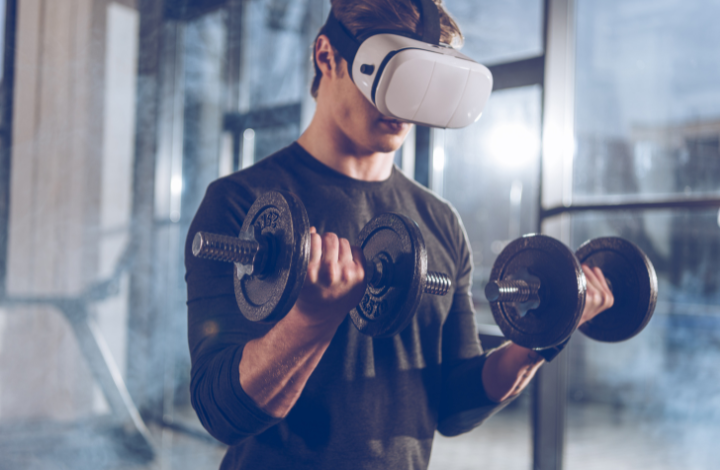As technology carries on, it is everywhere in our lives, businesses, and even sports, with nascar betting odds coming on top. We know that being physically active is important to our health, so why not add digital technology? Digital technology can benefit us indirectly if we also get more physically active.
Sports and fitness are great areas to apply digital technology. Numerous sports apps and fitness trackers keep people informed about their training. Below are the impact and benefits of digital technology in sports and fitness.
Impact of Digital Technology in Sports and Fitness

Fitness Tracking
Digital technology makes it easy to track your workouts, from the number of calories burned to the distance covered during a run or walk. You can even use this data to improve your performance over time by setting goals for each workout session. This allows you to monitor your progress to adjust accordingly and try again next time if you’re not hitting your targets.
Training Apps
Many training apps offer more than just basic fitness tracking features. They also provide personalized workout plans based on your current fitness level and tips and advice on how best to achieve specific goals.
For instance, if you want to lose weight or get fit, there will be an app designed just for you with specific exercises that target specific areas that need work for the goal to be achieved successfully.
Wearable Technology
Wearable technology, such as Fitbit, Jawbone, and Apple Watch, has been around for some time now, but it’s only recently begun to make its way into sports and fitness. While many different types of wearable devices are available today, they all share one common goal.
They help people improve their health by tracking their activity levels and providing feedback on how they can improve their lifestyle choices.
Virtual Reality Training

Virtual reality (VR) training is becoming more popular in professional sports such as baseball, basketball, and football, as well as among amateur athletes who want to train at home without having to get on a plane or drive for hours at a time to get access to facilities with advanced equipment.
VR training provides an immersive experience that allows players to practice scenarios repeatedly until they get them right every time.
Better Coaching
Coaches who use digital technology can provide better coaching to their athletes. This is because they can track data from each athlete’s performance automatically.
As a result, coaches can see how an individual performed in practice or during a game, including how long it took them to complete a certain exercise or how many times they made mistakes while performing drills.
They can use the data to target areas where improvement is needed and ensure that each athlete receives the right kind of training for their specific needs.
Improved Logistics Management
In many professional sports teams, logistics management is critical for ensuring that players receive the best possible equipment at the right time.
For example, suppose a team has several games scheduled in different cities over a short period. It needs to ensure that all equipment is loaded onto transport vehicles to arrive safely at each destination. And it must be done without being damaged or lost along the way.
Digital technologies are helping teams manage this process more efficiently. For instance, automation tools such as automated inventory control systems can track where items are located at any given time. It then alert users if there’s an inventory issue.
Better Communication between Players
Communication is a vital aspect of any sport, but it can be especially important in team sports where teamwork is essential.
Digital technology allows players to communicate in real time with each other and their coaches. This helps them improve their performance by allowing them to make better decisions on the field or court.
Increased Competition among Athletes
The days when people would spend hours at the gym with nothing more than a dumbbell are long gone. Nowadays, athletes have access to an incredible amount of data about their workouts and performance. This can help them push themselves harder and further than ever before.
They can track their heart rates, body fat percentages, and other metrics in real time during workouts or races. They can also use this data to improve their performance over time by tweaking things like diet or workout schedules.
Verdict
The trend of digital technology in sports and fitness is growing and looks set to continue growing. However, the idea of using technology to help a person become fitter or to give you access to more information about their fitness is not something that is without its critics. There are arguments for and against digital technology in sports and fitness. But it seems as though technology will only be going forward from here. What does the future have for digital technology in sports and exercise? Only time will tell.
Leave a Reply